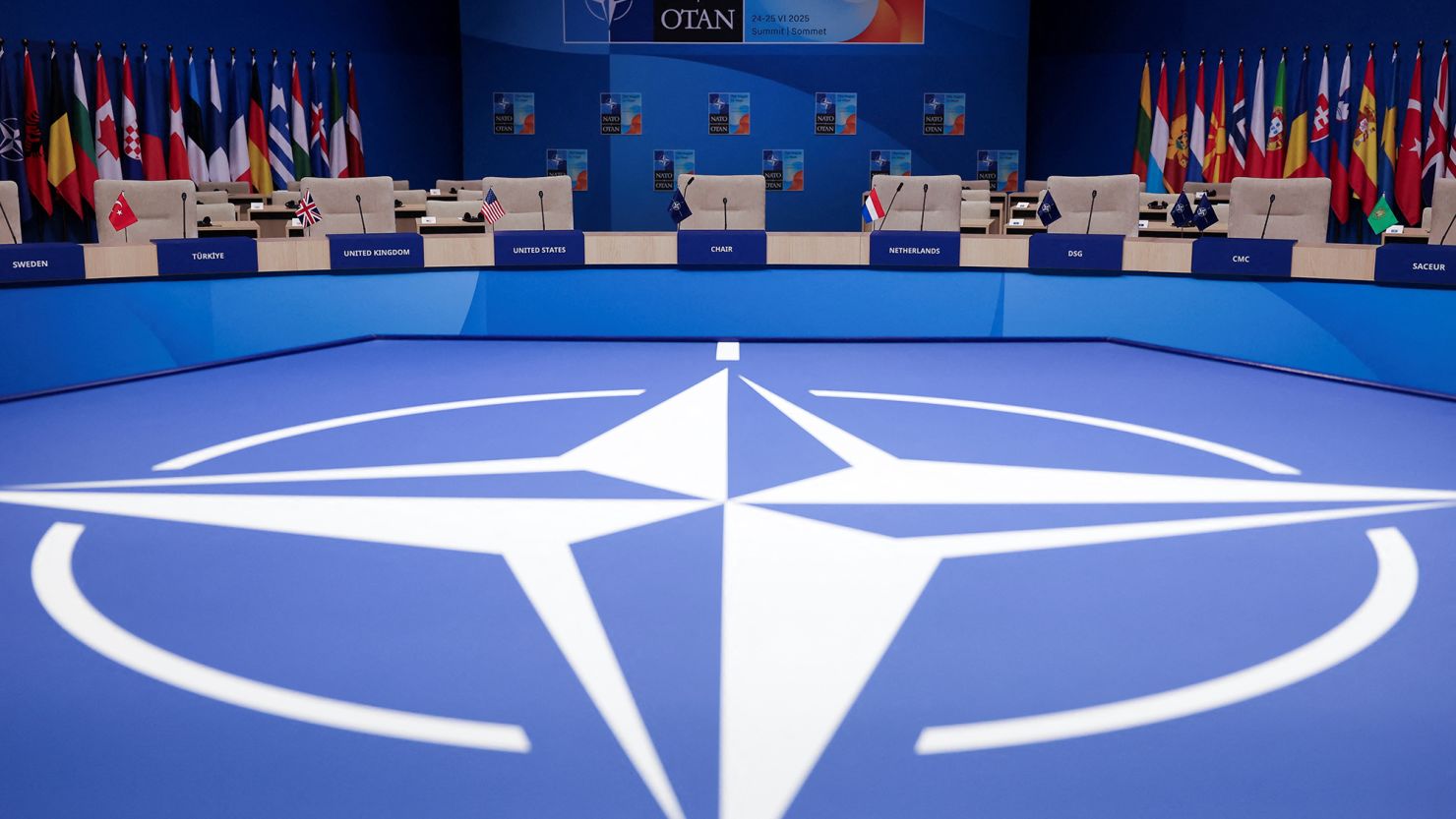Education
NATO’s Ambitious Defense Spending Targets Face Economic Reality

NATO, the North Atlantic Treaty Organization, has unveiled ambitious plans to significantly increase defense spending among its member states. The alliance announced that it aims to boost defense budgets to 5% of gross domestic product (GDP) by 2035, more than double the current target of 2%. This move, hailed by some as vital for regional security, has sparked concerns among European members already grappling with substantial debt burdens.
The recent commitment comes in light of escalating tensions with Russia and a perceived retreat of the United States from its traditional role as a security guarantor in Europe. As NATO members navigate these pressing challenges, they face tough choices on how to meet the new spending requirements without destabilizing their economies.
Financial Strain on European Nations
Marcel Fratzscher, president of the German Institute for Economic Research (DIW), highlighted the unprecedented nature of such a dramatic increase in defense spending during peacetime. “It’s something unprecedented in peacetime to have such a massive increase in spending on any item – in particular, on defense,” Fratzscher stated. With NATO’s new directive, countries must allocate substantial resources to bolster their military capabilities, which could strain already tight budgets.
NATO’s commitment includes a new breakdown of the 5% target, with 3.5% designated for core defense needs, such as weapons systems, and the remaining 1.5% for supportive infrastructure like port facilities. This shift means many nations will need to find additional funds amounting to tens of billions of dollars annually.
Analysts from S&P Global Ratings estimate that meeting just the core defense spending target could increase the collective government debt of European NATO members, including the United Kingdom, by approximately $2 trillion by 2035. This figure is particularly alarming for countries like Italy, France, and Belgium, which already have high public debt-to-GDP ratios of 135%, 113%, and 105%, respectively.
Political Challenges and Potential Solutions
Governments have a few options to address the new spending demands: they can either cut other expenditures, raise taxes, or borrow more. However, analysts warn that these routes come with significant political and economic challenges. According to Bruegel, a Brussels-based think tank, many European Union countries are experiencing fiscal constraints that complicate any efforts to embrace the new spending targets credibly.
Frank Gill, a senior sovereign credit ratings analyst for Europe, the Middle East, and Africa at S&P Global Ratings, noted that the political climate hinders substantial cuts in government spending. “A lot of European governments are facing other fiscal pressures… not least aging populations, which are essentially leading to even higher pension spending,” he explained.
Fratzscher echoed this sentiment, asserting that for most NATO countries, cutting spending in vital social areas is “utterly impossible.” He emphasized the need for a more sustainable approach, suggesting that increasing taxes might be the only viable solution to finance the required defense spending. Yet, there is little political will or public support for such drastic measures.
The option of borrowing more is equally fraught with difficulty. Many European governments are already burdened with debts that equal or exceed the size of their economies. The prospect of accumulating more debt to meet defense spending targets raises concerns about long-term economic stability.
French Prime Minister François Bayrou recently warned of the risks of excessive debt, noting that the interest France pays on its debt could reach €100 billion ($117 billion) by 2029, becoming the government’s largest single expense. Despite this, Bayrou supports increased defense funding, advocating for a balanced approach that also curtails other government spending.
To assist member states, the European Union is working to facilitate investments in security. Brussels has exempted defense expenditures from strict fiscal rules and proposed a €150 billion fund, allowing countries to borrow at favorable interest rates for defense-related projects.
Yet, there are dissenting voices within NATO. Guntram Wolff, a senior fellow at Bruegel, pointed out that some nations, such as Spain, have already indicated they will not meet the new 5% target. Spain, which spent only 1.28% of its GDP on defense last year, argues that such an increase would jeopardize its welfare spending.
Wolff further observed that a nation’s proximity to Moscow is often a better predictor of its defense spending than any commitments made at NATO summits.
As NATO prepares to implement its new defense spending goals, the alliance faces a complex interplay of financial realities and political challenges. The path forward for European NATO members remains uncertain, as they must balance increased military spending with the pressing needs of their economies and populations.
-

 Technology5 months ago
Technology5 months agoDiscover the Top 10 Calorie Counting Apps of 2025
-

 Technology3 weeks ago
Technology3 weeks agoOpenAI to Implement Age Verification for ChatGPT by December 2025
-

 Health3 months ago
Health3 months agoBella Hadid Shares Health Update After Treatment for Lyme Disease
-

 Health3 months ago
Health3 months agoAnalysts Project Stronger Growth for Apple’s iPhone 17 Lineup
-

 Health4 months ago
Health4 months agoErin Bates Shares Recovery Update Following Sepsis Complications
-

 Technology5 months ago
Technology5 months agoDiscover How to Reverse Image Search Using ChatGPT Effortlessly
-

 Technology3 months ago
Technology3 months agoElectric Moto Influencer Surronster Arrested in Tijuana
-

 Technology5 months ago
Technology5 months agoMeta Initiates $60B AI Data Center Expansion, Starting in Ohio
-

 Technology2 months ago
Technology2 months agoDiscover 2025’s Top GPUs for Exceptional 4K Gaming Performance
-

 Technology5 months ago
Technology5 months agoRecovering a Suspended TikTok Account: A Step-by-Step Guide
-

 Health5 months ago
Health5 months agoTested: Rab Firewall Mountain Jacket Survives Harsh Conditions
-

 Lifestyle5 months ago
Lifestyle5 months agoBelton Family Reunites After Daughter Survives Hill Country Floods





















